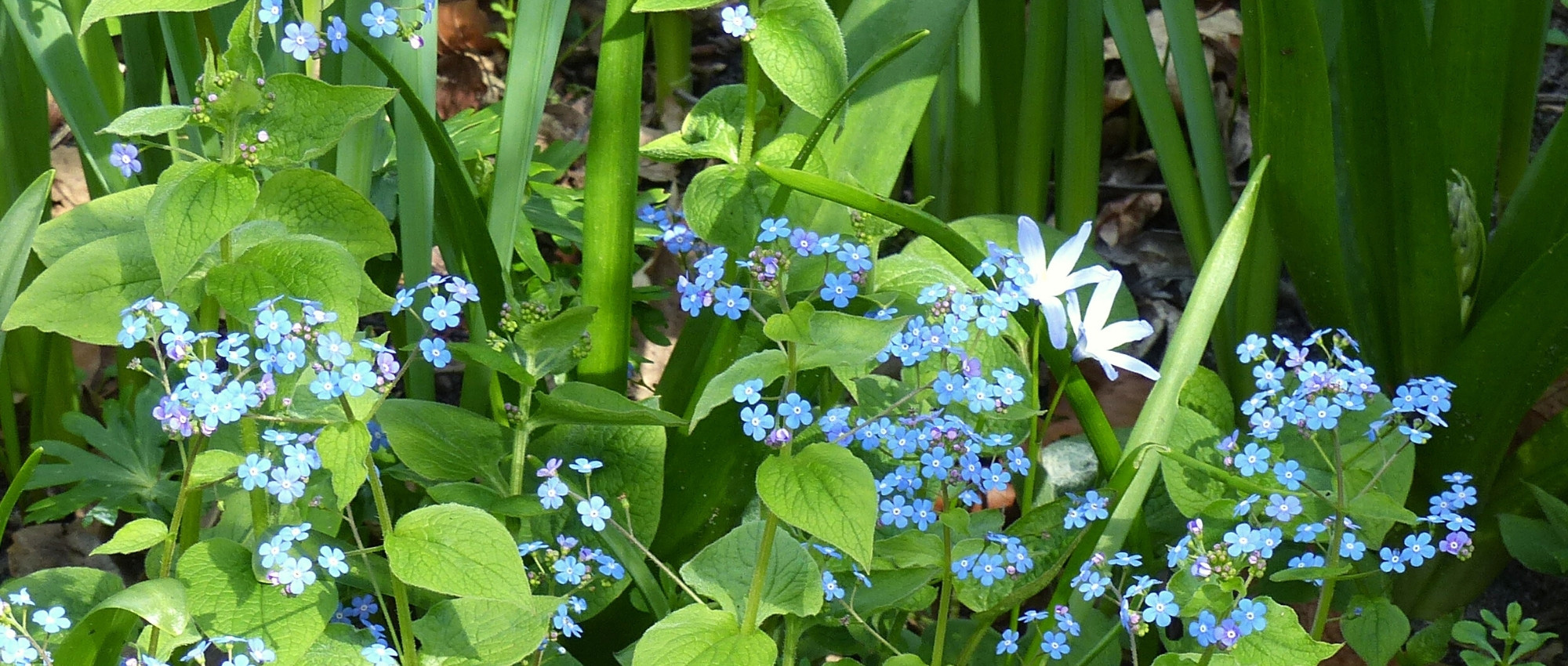
Brunnera: 5 successful companion planting ideas
Our tips for creating harmonious flower beds
Contents
Brunnera, or Caucasian forget-me-not, is a perennial plant valued for both its foliage and its delicate flowering in April-May. It features often variegated foliage in white or silver, and small blue or white flowers with five petals that closely resemble forget-me-nots! With its dense, broad foliage, it forms a lovely ground cover that prevents weeds from growing. This is a woodland plant that thrives in partial shade, in cool, humus-bearing soil. Robust and reliable, it is quite hardy and not very susceptible to diseases, making Brunnera very easy to grow. It is one of the most beautiful shade perennials.
For everything you need to know about its cultivation, check our sheet “Brunnera, Caucasian forget-me-not: Planting, growing and maintenance”.
In a woodland garden with a very natural style
Brunnera is a plant that naturally grows in forests, so it will thrive in a shaded border or woodland garden. Choose a Brunnera with a fairly natural, lightly variegated foliage. You might opt for Brunnera ‘Langtrees’ or ‘Betty Bowring’. Under the canopy of large leafy trees, pair it with shade plants that have decorative foliage, such as hostas and ferns, as well as the delicate flowers of epimediums and Anemone nemorosa. Don’t hesitate to include native plants that grow naturally in France, such as Bluebells, Solomon’s Seal, Sweet Woodruff, Lungworts, Paris quadrifolia, or Allium ursinum. This will create a fresh and green atmosphere, making you feel as if you are wandering through a forest in your garden.
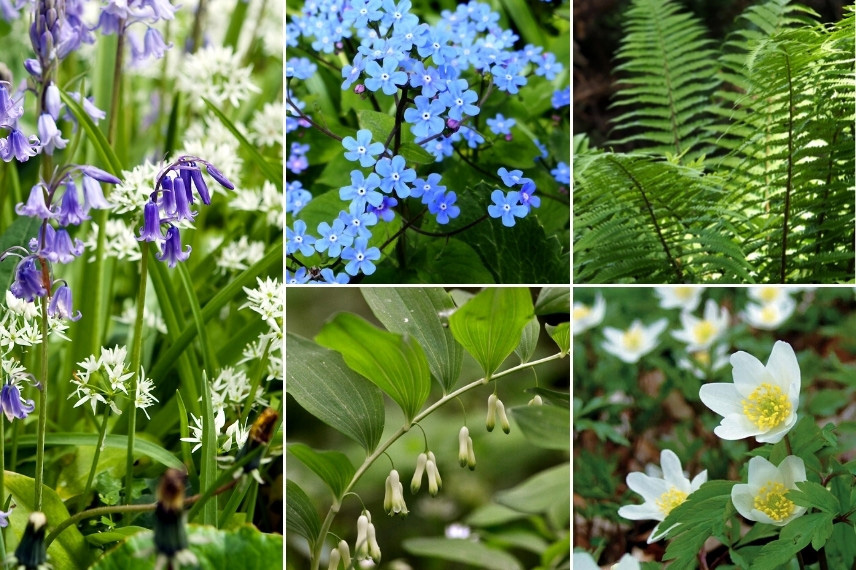
Hyacinthoides non-scripta and Allium ursinum (photo iBulb), Brunnera macrophylla (type species), Dryopteris wallichiana, Polygonatum multiflorum (photo Radio Tonreg), and Anemone nemorosa (photo Pandano)
With other plants with variegated foliage and white flowering.
Compose a beautiful bright scene by pairing Brunnera with other plants featuring variegated white or silver foliage, and white flowers. We particularly recommend Brunnera ‘Mr Morse’. Combine it with hosta ‘Silver Crown’, Carex morrowii ‘Ice Dance’, and Polygonatum falcatum ‘Variegatum’. For shrubs, consider the variegated foliage of the dogwood Cornus alba ‘Ivory Halo’. Regarding flowering plants, opt for tulips (for example, the variety ‘Hibernia’), Dicentra spectabilis ‘Alba’, Geranium sylvaticum ‘Album’, Myosotis ‘Snowsylva’, pansy ‘Matrix White’, and Anemone coronaria ‘The Bride’. Also enjoy the stunning white flowering of wild garlic, Allium ursinum, which is also edible! Consider Exochorda ‘The Bride’, which is covered in a multitude of white flowers in April-May. This type of combination will be invaluable for brightening a shaded area of the garden!
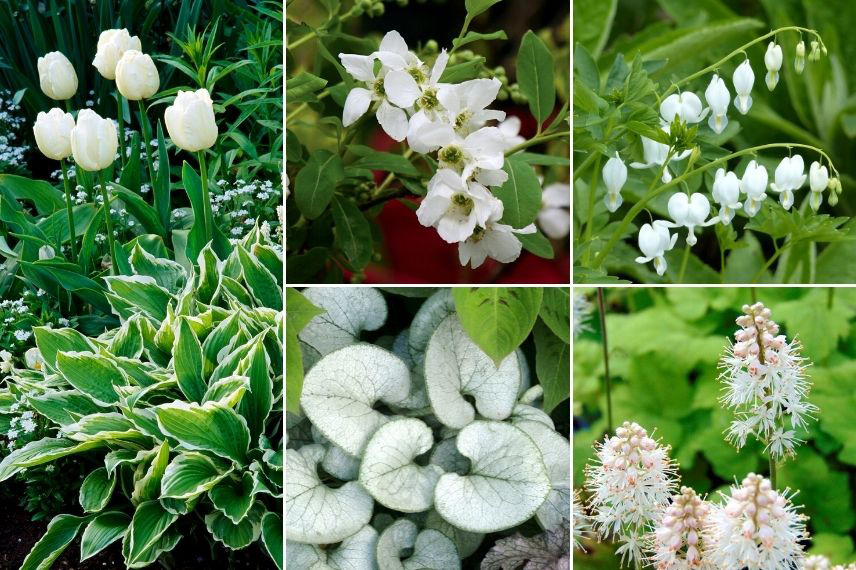
Tulip ‘Hibernia’, Hosta ‘Silver Crown’ and Myosotis (photo Clive Nichols – MAP), Exochorda ‘The Bride’, Dicentra spectabilis ‘Alba’, Brunnera ‘Looking Glass’, and Tiarella cordifolia ‘Moorgrun’
Discover other Brunnera - Siberian Bugloss
View all →Available in 0 sizes
Available in 2 sizes
Available in 1 sizes
Available in 1 sizes
Available in 1 sizes
Available in 1 sizes
Available in 1 sizes
Available in 3 sizes
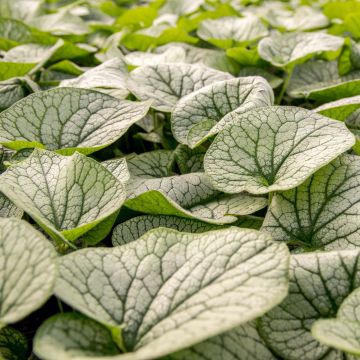
Available in 3 sizes
Available in 2 sizes
With other blue flowerings
Compose a lovely bed in shades of blue, a very soft and soothing hue. Monochrome beds are simple and successful every time! However, you can easily play with shades, from the dark blue of Muscari ‘Dark Eyes’ to the light blue of Ipheion ‘Jessie’. For example, choose the species Brunnera macrophylla or the variety ‘Jack Frost’. Plant alongside Myosotis, Buglossoides, Omphalodes cappadocica, pulmonaria ‘Blue Ensign’, Corydalis ‘Blue Panda’… Also consider bulbous plants: Scilla siberica, Anemone blanda ‘Blue Shades’, Hyacinths, Muscaris, Ipheion… This will create a true sea of blue flowers!
Brunneras pair wonderfully with Myosotis, with which they are very closely related! It blooms like them in spring and enjoys being planted in woodland. It’s no wonder that Brunnera is nicknamed Caucasian Myosotis.
Among these flowers, don’t hesitate to incorporate a few touches of white. White and blue are very pretty shades to combine, and they also go well with the green of the foliage. Together, they create a soft and delicate atmosphere.
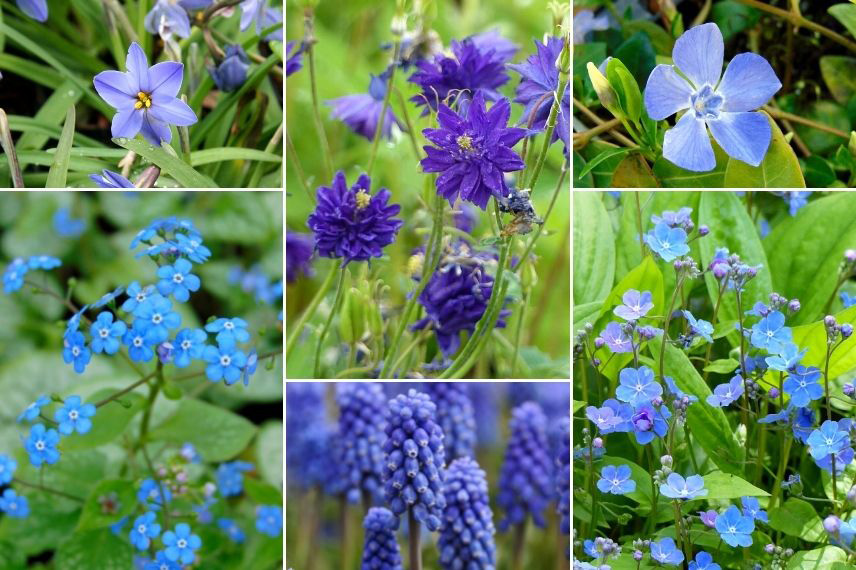
Ipheion ‘Jessie’, Aquilegia vulgaris ‘Blue Barlow’, Vinca minor ‘Marie’, Brunnera macrophylla ‘Jack Frost’, Muscari ‘Dark Eyes’, and Omphalodes cappadocica
In a cottage garden
You can easily enjoy Brunnera to create a typically English cottage garden. This type of garden is ideal for highlighting an old house, typically made of stone with a thatched roof. Traditionally, the cottage garden surrounds the house, featuring irregular and well-stocked flowerbeds that create a sense of lush vegetation. These beds gather a mix of flowers, vegetables, and aromatic plants… The plants seem to overflow from the beds! For flowering colours, favour soft, pastel shades: white, blue, light pink, apricot, soft yellow… Don’t hesitate to incorporate some flowers with “crumpled” petals, such as Iris germanica, poppies, and peonies. Opt for large flowers with light, silky petals. Hardy geraniums are also perfect for this style of garden. Finally, for a beautiful lush and natural effect, focus on generous foliage like that of hostas or the cardoon Cynara cardunculus.
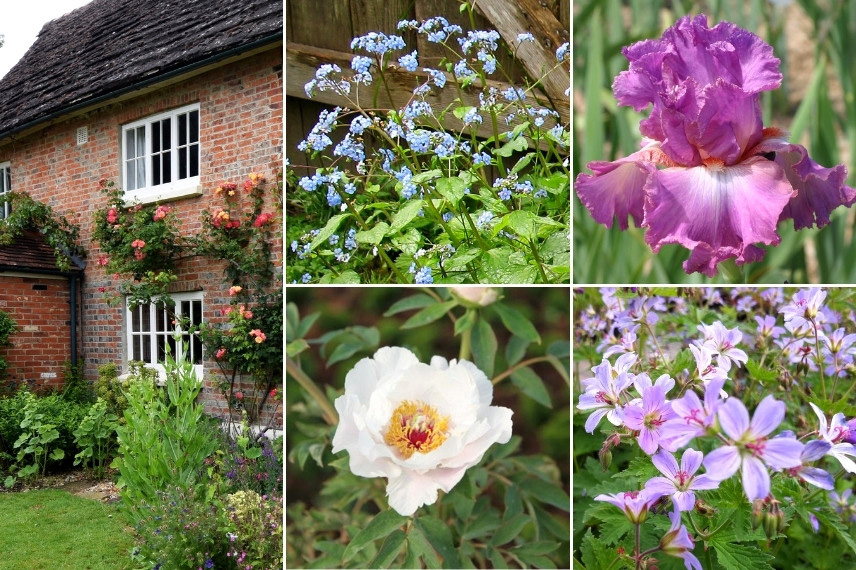
Brunnera ‘Jack Frost’ (photo Sonya), Iris ‘Mallow Dramatic’, Tree Peony ‘Feng Dan Bai’ (photo Denolf), Hardy Geranium ‘Prelude’
With colourful foliage
You can create a stunning border by focusing on the diversity of leaf colours! In the garden, we usually pay more attention to flowering plants than to foliage, yet the latter remains decorative for much longer than flowers. The heucheras are the queens of colourful foliage, offering an exceptional range of shades: there are varieties with light green, orange, red, brown, purple, and almost black leaves… Some are even variegated. You can also create small borders with Ophiopogon planiscapus ‘Nigrescens’, which, with its dark hue, will highlight brighter and more colourful foliage. Don’t forget about grasses, such as Hakonechloa macra and Carex. Bring brightness with the golden foliage of Lysimachia nummularia ‘Aurea’. We also appreciate the variegated foliage of Lamiastrum galeobdolon ‘Florentinum’. Discover also the Begonia ‘Angel Plum’, which is notable for being perennial and hardy! Finally, the persicarias also offer unique foliage: check out the variety ‘Lance Corporal’, with a very graphic style!
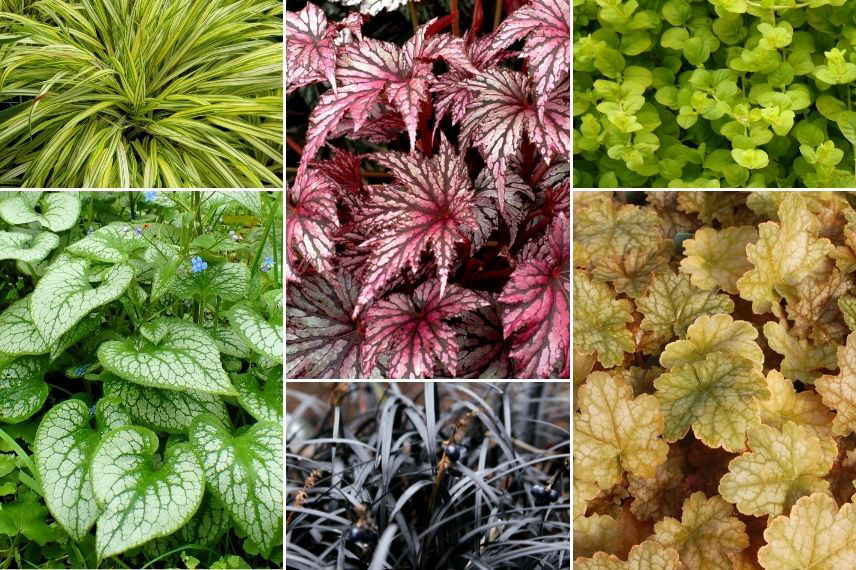
Hakonechloa macra ‘Aureola’, Begonia ‘Angel Plum’, Lysimachia nummularia ‘Goldilocks’, Brunnera ‘Jack Frost’ (photo Krzysztof Ziarnek), Ophiopogon planiscapus ‘Nigrescens’ (photo brewbooks) and Heuchera ‘Ginger Ale’
- Subscribe!
- Contents
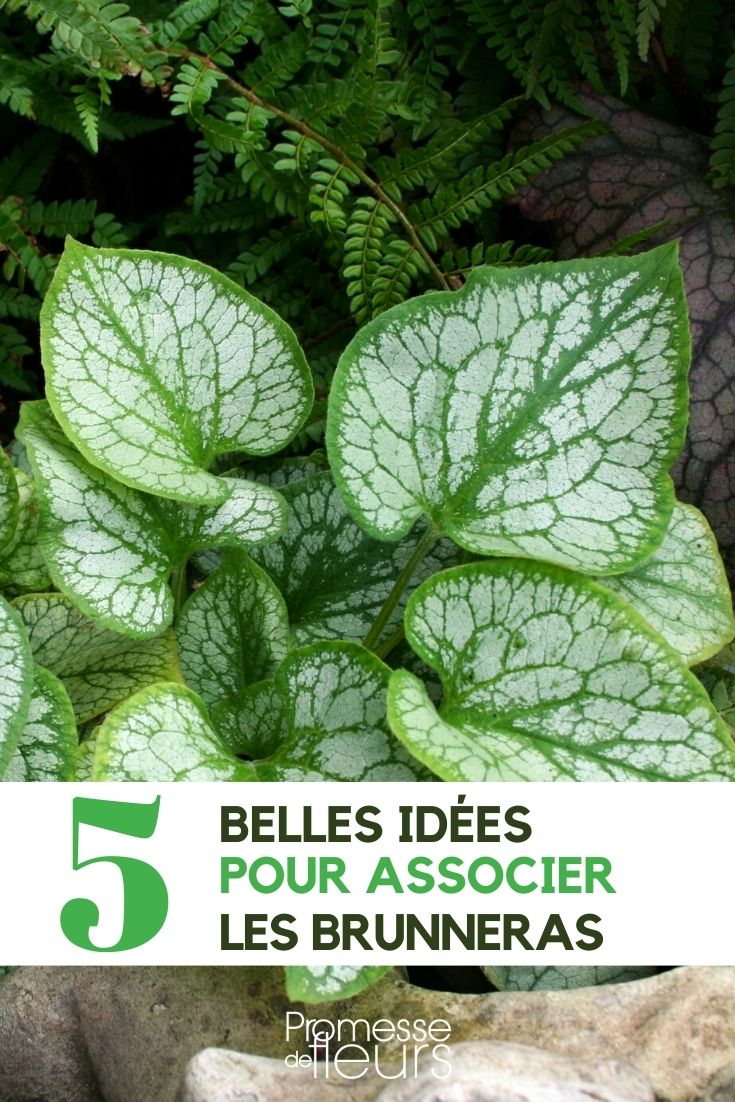































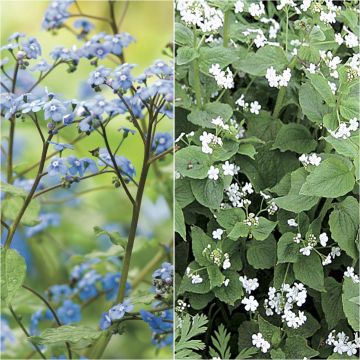
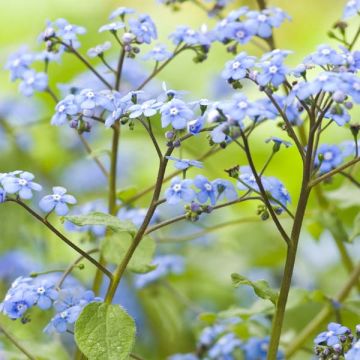
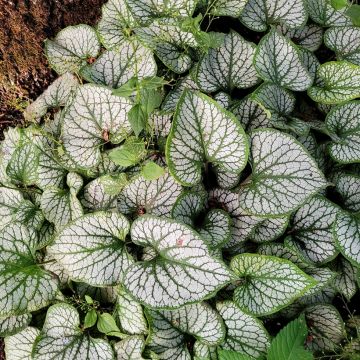

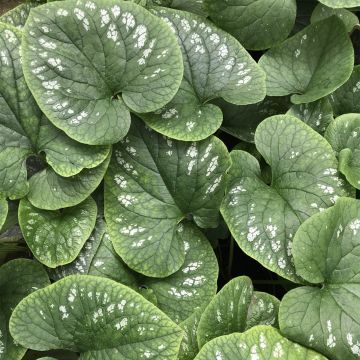
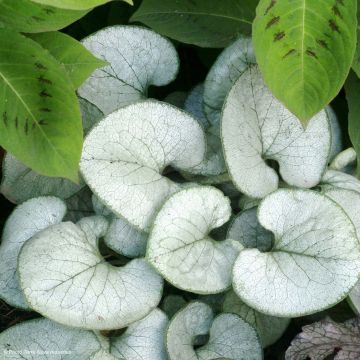
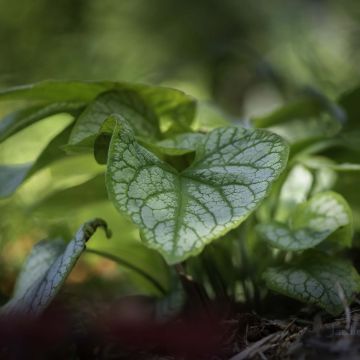
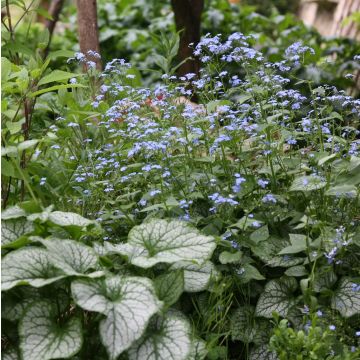
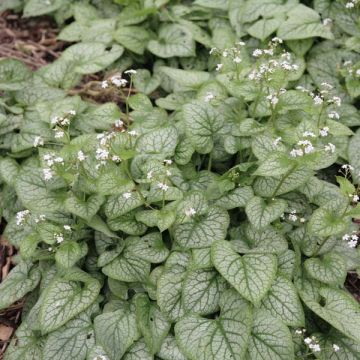
Comments